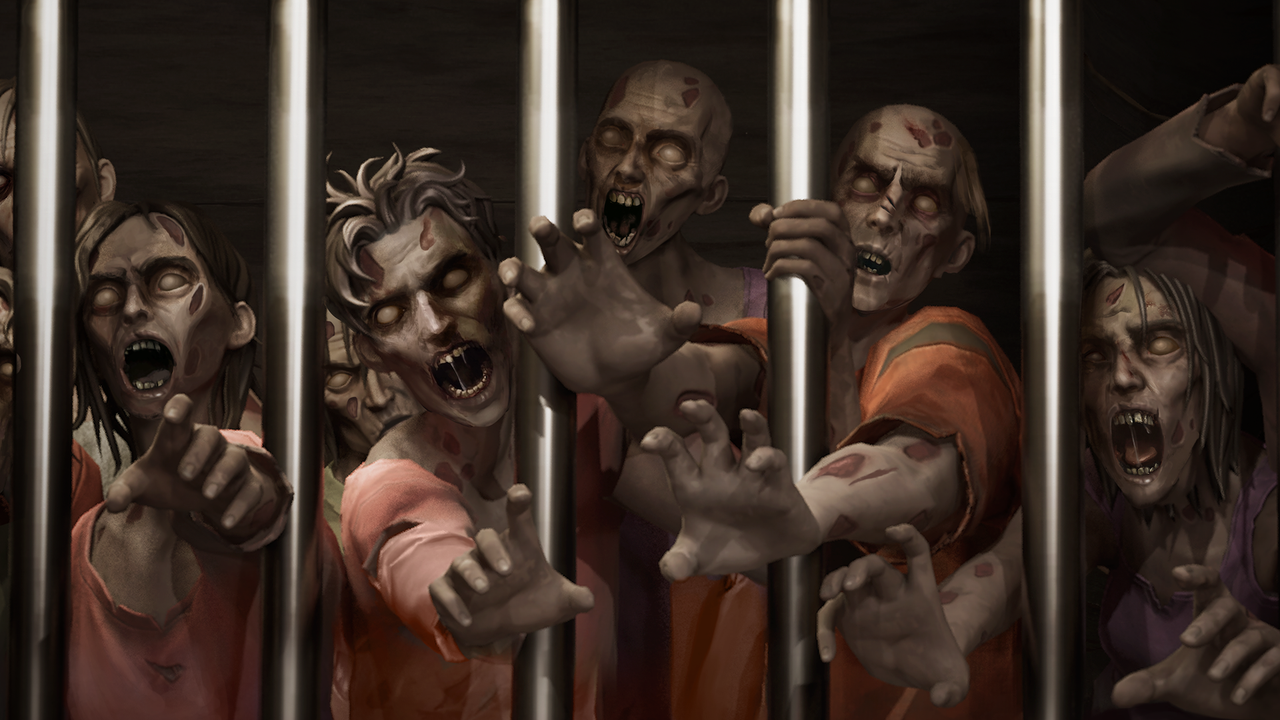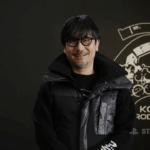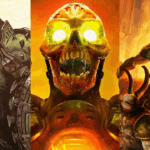Between layoffs, studio closures, and funding drying up, it’s fair to say that the games industry has been having a rough time. Enrique Fuentes, CEO and co-founder of Teravision games, experienced that turbulence much too closely for comfort when he and his team released Killer Klowns From Outer Space, an asymmetrical horror game based on the 80s movie of the same name. The game was well received (IGN gave it a 7, calling it “as silly and entertaining as the movie that spawned it.”) and trailers for the title racked up hundreds of thousands of views online. But the team found itself in a difficult spot after launch, the same difficult spot that many in the games industry found themselves in.
“As you know, 2024 was a pretty tough year for the whole industry. So it was a little bit slow for us to close our next project,” Fuentes says. Despite working with companies like Disney, Nickelodeon, and Xbox, Teravision was having difficulty finding a follow-up project to Killer Klowns. With time running out, the studio and its veteran developers with 20 years of experience in the industry looked towards something novel: making a game within Fortnite. In less than a year, Teravision has released three Unreal Engine for Fortnite (UEFN) games. Its fourth game, launching today, takes advantage of the official The Walking Dead content pack released in UEFN.

Made in partnership with Skybound, the company co-founded by The Walking Dead’s creator Robert Kirkman, Teravision’s newest UEFN game is a King of the Hill style multiplayer PvPvE project called Courtyard King, where players fight each other as well as NPC zombies for control of territory in The Walking Dead’s infamous prison location.
Everything The Walking Dead related in Courtyard King is made using official assets released for UEFN, including character models based on Rick Grimes, Negan, and Daryl Dixon. But the project goes further than just assets; Teravision worked with the writers at Skybound to craft the game’s story and dialogue.
“We have worked with big brands in the past… and UEFN was something that we were experimenting with… but we never imagined that was going to be the root where we’re going to be engaging with a company like Skybound,” Fuentes says. “But I mean, UGC, it’s one of the biggest things in gaming right now.”
UGC, or user-generated content, is driving one of the biggest trends in gaming right now thanks to platforms like Fortnite. This kind of playground style game making has found massive audiences in services like Roblox already, but the ‘U’ in UGC typically refers to the end user, AKA players at home. UGC developed by professional studios is a newer concept, and Fortnite’s Unreal Engine 5-based tools were perfect for experienced devs like Teravision.
“It made sense because we come from an engineering background and it was a platform where we could experiment in and assume some of the risk,” explains Fuentes. “Because instead of a multi-year project like Killer Clowns From Outer Space, these are projects that we could put together in weeks or months.”
Teravision’s experiments resulted in the launch of Havoc Hotel, a roguelike shooter where you fight through levels in a hotel, with each cleared floor earning you currency to purchase more powerful weapons. The first Havoc Hotel was a modest hit, enough to keep working on the series. Eventually we got to Havoc Hotel 3, which is now consistently one of Fortnite’s most popular games.

Teravision’s game designer, Martin Rodriguez, says given the studio previously made Killer Klowns in Unreal Engine, the jump to UEFN — a modified version of Unreal Engine 5 — was not only convenient, but gave the experienced devs a leg up when creating their games in UEFN. The systems are streamlined, and processes are a bit more “drag and drop,” as Rodriguez says. “For us, it just removes some of the work that we would’ve done otherwise and allows us to focus on just making better games and explore different new creative ideas.”
While the engineering side had no trouble adapting to UEFN’s Unreal-based tools, the game design team was presented with a unique challenge. Games like Havoc Hotel began as experiments as opposed to fully-fledged games, but quickly grew to become their own thing. And Teravision’s creative director, LD Zambrano, quickly learned that UEFN games were different from traditional games in many ways.
“A traditional experience we have had designing other [non-UEFN] games is where players relate through objectives that entice cooperation and competition, right?” Zambrano says. “In [UEFN’s] case, we have found that even though those objectives are still relevant and we still can use that game design sensibility and bring them there, I found that there are a lot of experiences that are very popular within the Fortnite ecosystem that are kind of just context. They’re weird situations and interactions that don’t necessarily translate into a very clear competition, but they still work.”
Zambrano compares UEFN games to the school yard. “I have found that there is this way of approaching each other that brings me back to recess, which is you meet somebody and make up some sort of game that might not make sense, but still you’re engaging and creating friendships. That’s what I mean about some of these games becoming a ‘context.’”
In that way, one unique thing I learned about Courtyard King from Teravision is that it is an infinite game, meaning there is no final winner at the end of a round. Instead, matches continue forever with players jumping in and out, switching teams. And while there will always be a team that is winning, there will never be a final round where a true winner is crowned.

“Players can drop in and drop out whenever they want. They can even change teams whenever they like, which generates situations for betrayals. Maybe you enter a party with your friend, but then in the middle of the match you don’t tell him and change teams. Which is very Walking Dead-like.”
Is this a future for game developers? On the one hand, it puts them in the sandbox of other, bigger players like Epic Games or Roblox. But for studios looking to experiment without burning through their entire funds, while having access to a large player base and big IP assets like The Walking Dead, Enrique Fuentes says there’s a lot of upside.
“We can actually assume the risk as an indie developer in [UEFN]. Because last year, we couldn’t even think about starting a three-year project. We could do something in a few weeks with a smaller team and that completely changes the paradigm for a new developer. This is now a viable model where you can actually support an 80 person studio like we do, and we can assume the risk,” Fuentes says. “It’s something that if you have the right ideas, the right creativity around it, if you understand the market well enough and you have the right thinking, execution becomes possible and it doesn’t take years, it actually takes weeks, maybe months. I think this is a dream come true for indie developers.”
Matt Kim is IGN’s Senior Features Editor.






![The New Avengers [Thunderbolts]](https://egamingstudio.online/wp-content/uploads/2025/05/taskmaster-thunderbolts-thumb-1746489910427-150x150.jpg)






